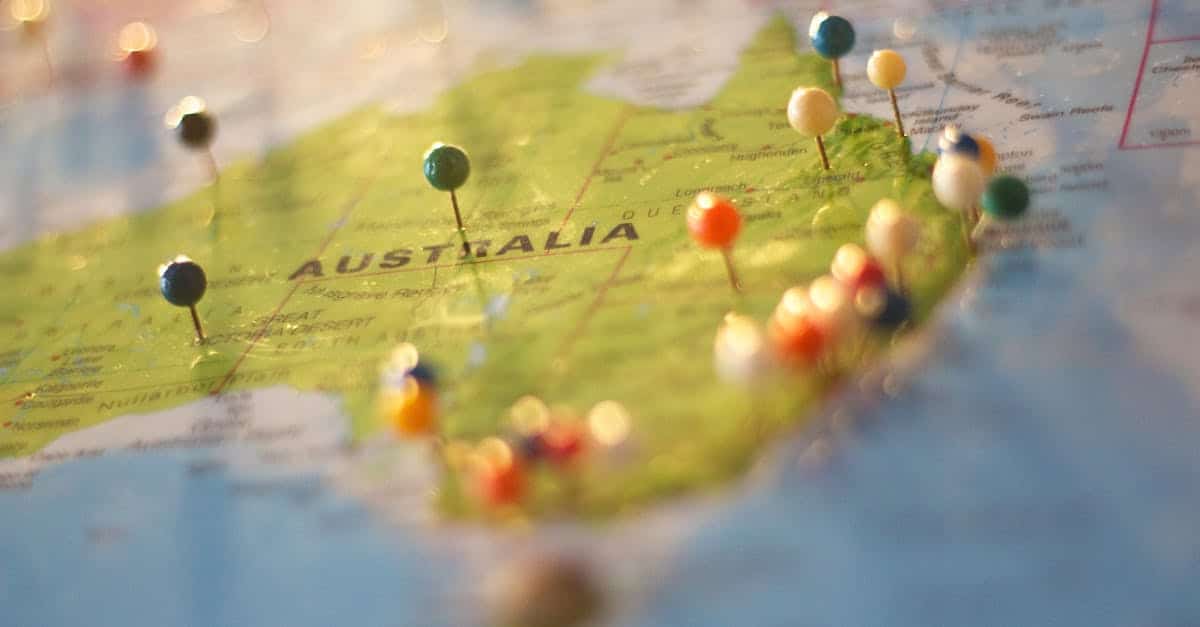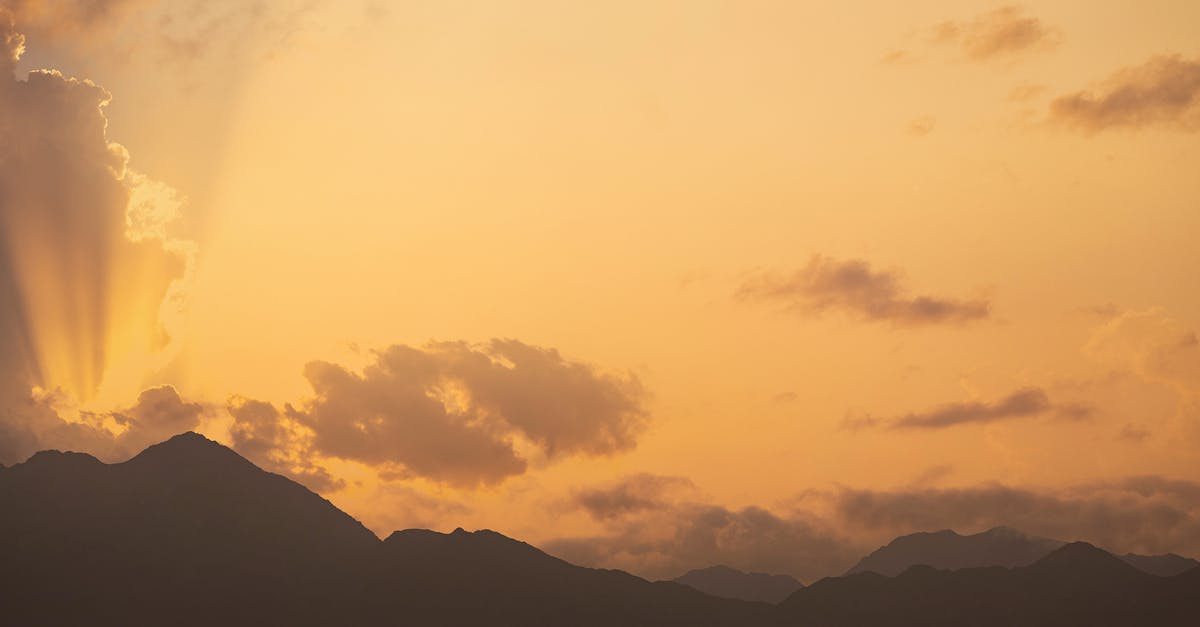|
IN BRIEF
|
If you’re dreaming of a trip to Iceland, prepare to be amazed by its breathtaking landscapes, roaring geysers and majestic waterfalls. But before diving into this Nordic adventure, it is essential to plan your stay well to maximize the experience. Whether you’re a nature lover, culture enthusiast or thrill-seeker, planning the perfect trip to Iceland requires a bit of magic, tricks and well-kept secrets. In this article, we will reveal everything you need to know to make your Icelandic adventure unforgettable and completely successful!
The magic of Iceland at your fingertips
Exploring Iceland is like entering a living painting where nature expresses itself in all its splendor. From moonscapes to bubbling geysers to majestic waterfalls, every corner of this country seems designed to amaze. Organizing the perfect trip requires a good dose of planning and a touch of curiosity. In this article, you will discover the best tips to transform your trip into an unforgettable and trouble-free experience.
Travel planning: choosing the right time
When to visit Iceland is a fundamental question to fully enjoy your stay. The summer months, from June to August, offer long days and mild temperatures, ideal for hiking and exploring. On the other hand, winter, from December to February, is perfect for admiring the Northern Lights. Consider booking your flight and accommodation several months in advance, especially if you plan to travel during peak season.
The must-sees to include in your itinerary
Your trip isn’t complete without visiting some of the iconic sites that Iceland is famous for. Among them, don’t miss the Golden Circle, which includes Thingvellir National Park, Strokkur Geyser and the majestic Gullfoss Falls. On the other hand, the Snæfellsnes peninsula is a real concentrate of diverse landscapes and could take a central place in your trip.
Explore South Iceland
The south of the country is famous for its spectacular waterfalls like Seljalandsfoss and Skógafoss. Also take time to explore the black sand beaches of Vik and the Mýrdalsjökull glacier. Beyond the landscapes, this region is ideal for hiking lovers.
Heading north
The less crowded North of Iceland offers an authentic experience. Akureyri, the second largest city, is a great starting point. Don’t miss the marvelous Goðafoss Falls and the Mývatn region, famous for its unique geological formations.
Accommodate like a local
Choosing where to sleep in Iceland can influence your experience. THE hotels with nature view are ideal for waking up surrounded by awe-inspiring scenery, while hostels offer a friendly atmosphere for meeting other travelers. Farms and guesthouses are also a great option for total immersion in Icelandic culture.
Camping: an experience not to be missed
If you love adventure, camping can be a fantastic option. Iceland has several accessible and well-equipped campsites. It is wise to prepare accordingly to face the vagaries of the weather. Don’t forget to bring quality camping gear, as the weather can change in the blink of an eye.
| Appearance | Advice |
| Best season | Summer for the mild weather and winter for the Northern Lights. |
| Ideal duration | 10 to 14 days for a complete itinerary. |
| Recommended transport | Rental car to explore remote areas. |
| Must-see | Geysir, Gullfoss, and the Blue Lagoon. |
| Accommodation | Inns and guesthouses for a local experience. |
| Cuisine to try | Smoked haddock and skyr, an Icelandic yogurt. |
| Activities | Hiking, swimming in hot springs and whale watching. |
| Essential Pack | Waterproof clothing and hiking shoes. |
- 1. Choose the best season
- Visit in summer for eternal daylight or in winter for the Northern Lights.
- 2. Establish a flexible itinerary
- Include the essentials while leaving room for the unexpected.
- 3. Book accommodation in advance
- Opt for guest farms or lodges for an authentic immersion.
- 4. Rent a suitable vehicle
- Choose a 4×4 for easy access to remote areas.
- 5. Provide appropriate equipment
- Waterproof clothing and hiking shoes essential.
- 6. Discover local gastronomy
- Try dried fish and the traditional lamb dish.
- 7. Participate in outdoor activities
- Glacier tours, hikes and swimming in hot springs.
- 8. Respect nature
- Follow the marked trails and do not disturb the wildlife.
- 9. Explore myths and legends
- Discover the elves and other fascinating creatures of the country.
- 10. Take time to relax
- Enjoy the natural spas and peaceful atmosphere.
Getting around Iceland: the ideal vehicle
To explore Iceland in depth, renting a car remains the most flexible option. This allows you to stop at unlikely places and enjoy the scenery at your own pace. However, take road conditions into account, especially if you plan to drive in more remote areas or during the winter season.
Public transport: an alternative to consider
If you don’t want to drive, the bus network in Iceland is quite extensive and will allow you to reach many sites. Organized excursions can also be a pleasant option, especially to discover more remote places without hassle. Several agencies offer guided tours that include trips to the country’s main attractions.
The subtleties of Icelandic gastronomy
Icelandic cuisine deserves a chapter of its own. Between the dishes based on fresh fish, tender lamb and quality dairy products, your taste buds will be delighted. Don’t hesitate to taste the famous harðfiskur (dried fish) or skyr, a fresh cheese for which the country is famous. The restaurants located in Reykjavik offer a beautiful showcase of modern Icelandic gastronomy, combining tradition and innovation.
Eating in Reykjavik
Explore the capital’s vibrant culinary scene. From small, cozy cafés to Michelin-starred restaurants, you will find everything there. Additionally, many establishments make a point of using local and seasonal ingredients, which contributes to the richness of the Icelandic culinary experience.
Which activities to choose?
The activities to do in Iceland are as diverse as its landscapes. Whether you are passionate about hiking, photography or thrills, there is something for everyone.
Hiking and glacier exploration
Glacier hikes are one of the key activities not to be missed. Several glaciers, including Vatnajökull, offer guided expeditions suitable for all levels. Be sure to follow the safety instructions and equip yourself properly for this unforgettable adventure.
Whale watching
The waters around Iceland offer the opportunity to observe whales in the wild. Multi-hour excursions operate from several ports, such as Reykjavik, Akureyri and Husavik. Be sure to book in advance to guarantee your spot.
Prepare your equipment: the essentials
When traveling to Iceland, having the right equipment is crucial. The weather can be unpredictable, so be prepared for anything. Waterproof clothing, sturdy hiking shoes and thermal layers are essential.
Adapting to Icelandic weather
Don’t forget to bring wool clothing, which is great for retaining heat, even in cool weather. A good windproof and waterproof anorak will be your best ally, especially if you plan to visit sites where the wind blows strongly. Accessories, like gloves and hats, are also essential.
Respect Icelandic nature
Finally, a trip to Iceland involves respecting your environment. Unique landscapes must be preserved for future generations. Follow the marked trails, don’t pick flowers and leave the natural sites as they are. Protecting Icelandic nature is an integral part of the trip.
Tips for sustainable tourism
Consider composting your waste or reducing your carbon footprint by using public transportation whenever possible. Choose local producers when purchasing souvenirs, to support Icelandic artisans and encourage a sustainable economy.
Take full advantage of the Icelandic experience
Visiting Iceland is an adventure that will mark you for life. Every hike, every dish, and every encounter plays a role in the magic of this fascinating island. By keeping these tips in mind, your trip will not only be stress-free, but also full of unforgettable discoveries and memories. Whether you’re looking for adventure or tranquility, Iceland awaits you with open arms.
Q: What are the best seasons to visit Iceland?
A: The best seasons to visit Iceland are summer (June to August) for long days and mild temperatures, and winter (December to February) to see the Northern Lights.
Q: What are the must-sees not to be missed?
A: Among the must-sees are the Golden Circle, the Blue Lagoon, Gullfoss Waterfall and the black sand beach of Reynisfjara.
Q: How much should you budget for a trip to Iceland?
A: For a trip to Iceland, it is advisable to budget around 100-150 euros per day, taking into account accommodation, meals and activities.
Q: How to get around Iceland?
A: The best way to get around Iceland is to rent a car, which allows you to explore the landscapes at your own pace. Tour buses are also an option.
Q: Do I need to book in advance?
A: Yes, it is recommended to book accommodation and certain activities in advance, especially in high season, to guarantee availability.
Q: What clothes to take for a trip to Iceland?
A: It is advisable to bring waterproof and warm clothing, as well as extra layers to adapt to frequent changes in weather.




